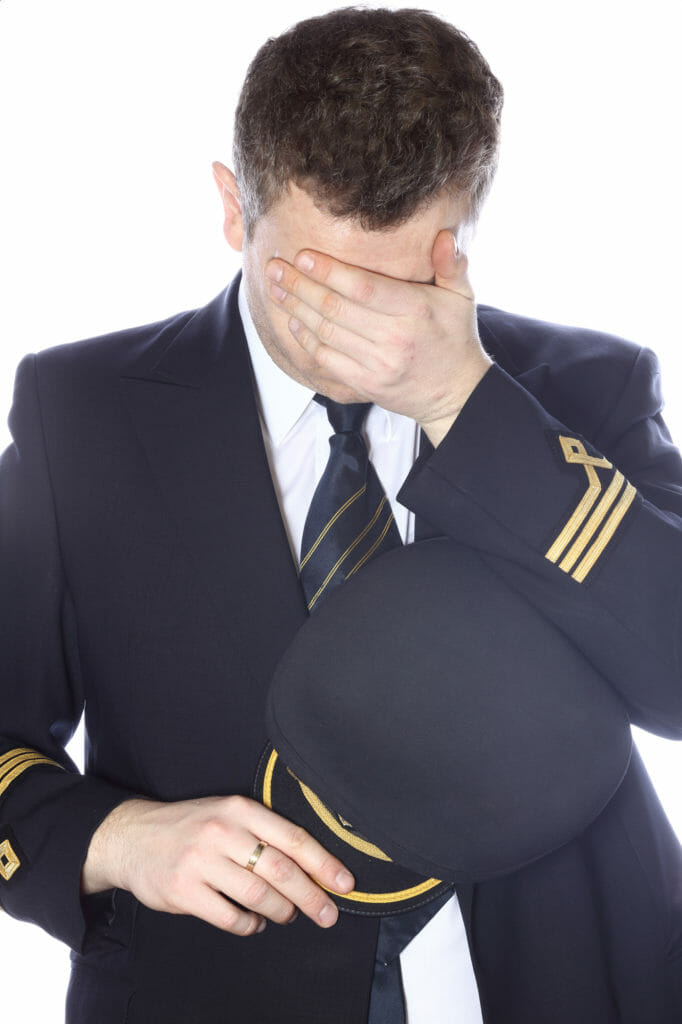 “May I ride your jumpseat?” is a phrase repeated hundreds of times a day among airline pilots in the United States, and likely, around the world. The opportunity for an airline pilot, whether express, non-scheduled, freight, or mainline to ride in other carrier’s jumpseat is an incredible privilege that airline pilots should work hard to protect and maintain. Unfortunately, over the past few years there has been some misunderstanding to the procedures and protocols concerning both requesting and riding airline jumpseats. The Airline Pilots Association produces a publication titled, The ALPA Jumpseat Guide which is available to both members and non-members via the ALPA public website. This document should, in my opinion, be required reading for all new-hire’s airline indoctrination classes.
“May I ride your jumpseat?” is a phrase repeated hundreds of times a day among airline pilots in the United States, and likely, around the world. The opportunity for an airline pilot, whether express, non-scheduled, freight, or mainline to ride in other carrier’s jumpseat is an incredible privilege that airline pilots should work hard to protect and maintain. Unfortunately, over the past few years there has been some misunderstanding to the procedures and protocols concerning both requesting and riding airline jumpseats. The Airline Pilots Association produces a publication titled, The ALPA Jumpseat Guide which is available to both members and non-members via the ALPA public website. This document should, in my opinion, be required reading for all new-hire’s airline indoctrination classes.
“Hey guys, I’m riding the jumpseat today.” Believe me, having flown for the airlines for over 35 years, this is not the way to introduce yourself. The jumpseat belongs to the captain, it is a privilege and not a right. Greeting a captain with this phrase will in most cases leave you standing at the boarding gate watching the airplane push back.
With the help of several publications I’ve compiled a checklist for would-be jumpseaters.
- Most airline’s policy extends the use of the jumpseat to both online and offline pilots. This has not always been the case. Several years ago, some airlines (e.g., American, Delta, Northwest) restricted the use of cockpit jumpseats to FAA, and company check-pilots only. Through the sacrifices and negotiations of unions like APA, and ALPA, this policy has, for the most part, been standardized and liberalized. The jumpseat is governed by FAR Part 91.3 which states that the pilot-in-command (PIC) is directly responsible for, and has the final authority as to the operation of that aircraft, and FARs 121.535, 121.547, and 121.583 cover who may be admitted to the jumpseat and addresses rules for occupying a jumpseat.
- The TSA adds an additional layer of security for jumpseat riders. The PIC also serves as a security coordinator and is responsible for checking the credentials of a would-be jumpseater. Nearly all airlines provide their pilots a list of approved airlines, so if you fly for a carrier that isn’t on the list, you will not be allowed to ride the jumpseat. CASS (Cockpit Access Security System) is a critical part of the jumpseat system. In most cases, if your airline is not in CASS, you probably will not be allowed to ride. CASS is used to verify employment and identity, necessary to ride a jumpseat, but does not guarantee jumpseat eligibility. The captain will check that you have an FAA license and medical. Be ready to produce those documents. Don’t wait to be asked.
- Many airlines have an “unlimited” jumpseat policy, whereby the captain may allow a jumpseater to ride in a seat in the cabin, provided a seat is available. Do not expect a first-class seat. If you are lucky enough to fly in business or first class, do not expect first class service especially the serving of alcohol. And it goes without saying, be polite with cabin personnel when trying to stow your luggage and finding your seat. If you remain in the cockpit, plan on listening to a jumpseat briefing. Many airlines provide a jumpseat briefing card for you to read, but if you have any questions concerning emergency procedures or security, please ask the flight crew.
- When riding the jumpseat you are a member of the crew and should you see a safety concern, it is your responsibility to speak up. Most captains will make that rule clear but, if you see something, say something.
- You are a guest of the captain and the airline. Do not make cell phone calls without permission, and make sure your phone is off, or in airplane mode when required. Do not sit in the jumpseat and text, and do not pull out your newspaper during critical phases of flight. In most cases it’s a good idea to ask if the captain minds if you read during non-critical phases. Wear a headset if it’s provided and be an additional asset in the cockpit. You will not be allowed to drink alcohol in the flight deck, so don’t ask.
- Remember there is a priority for boarding jumpseaters. If you are riding off-line, be prepared to leave the cockpit if an on-line pilot shows for the jumpseat. Many airlines use seniority based jumpseats and a few (American Airlines included) use a reservation system. In some cases, an FAA official (or other government official) may bump you from the jumpseat.
- Look professional. If you are not in uniform, make sure you dress appropriately. My airline states that jumpseat occupants will be dressed in business casual attire (no jeans) or approved pilot uniform.
- Check-in procedures with the gate agents vary among the airlines. Allow sufficient time to check in, fill out any required paperwork, and follow the agent’s instructions for proceeding to the aircraft. There are several websites which detail the jumpseat process for various airlines, for example, http://jumpseatinfo.org.
In closing, here is a condensed list for jumpseat etiquette.
- Remember, riding the jumpseat is a privilege not a right.
- Dress code is uniform (preferred) or business casual.
- Allow time for check-in.
- Be courteous when stowing your luggage.
- Bear in mind that you are an additional crewmember. Conduct yourself in accordance with all applicable FARs.
- If offered a seat, be courteous when informing the flight attendant and take the seat offered.
- Always say, “Thank you,” when deplaning, no matter how rushed you are.
- When in doubt about anything refer to #1 above. ACN












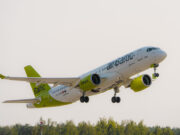
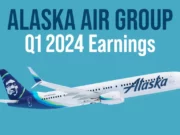





























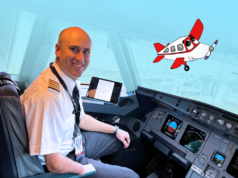
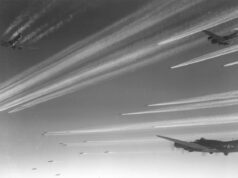
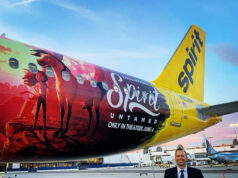

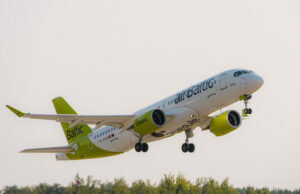






Saw a chap recently that should have had access to this article. Zurich to Doha, guy shows up as they were trying to button up. Unkempt, assuming and rude probably is not the best way to come on to someone elses jet. He got to fly, but in economy…..just.